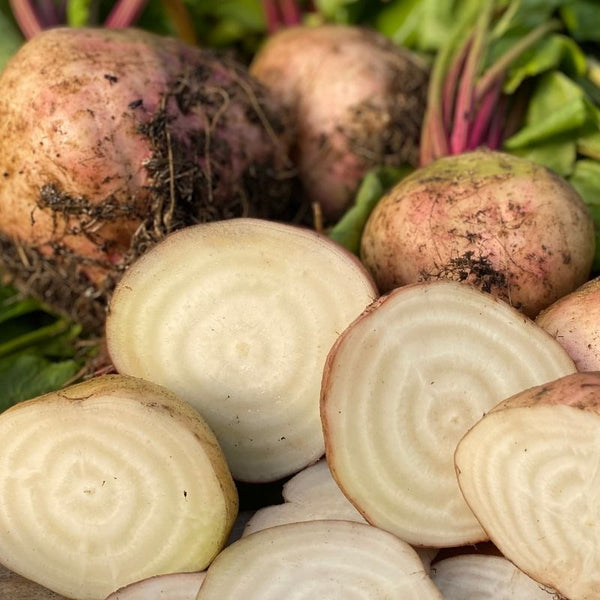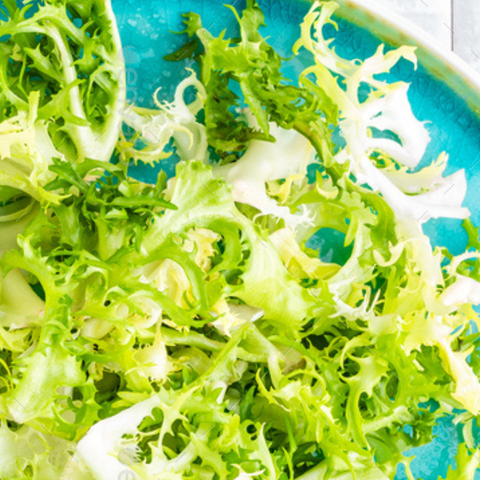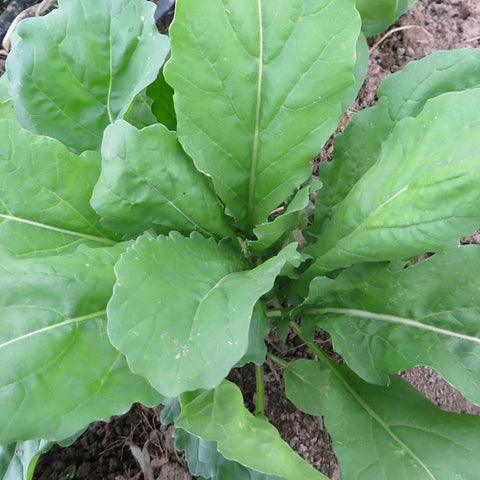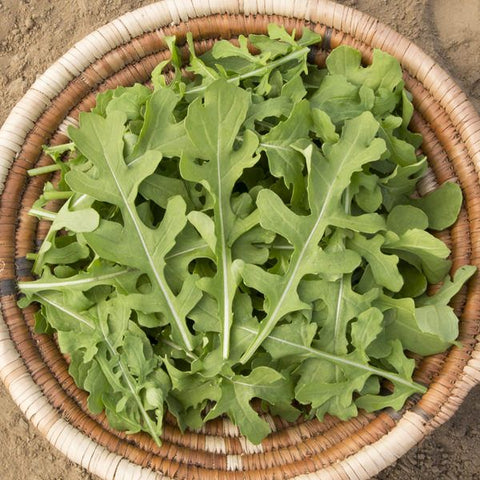Seeds - Beet, Blushing Not Bashful OG (F)
$4.99
This item may be out of season or currently out of stock. Please check back.
Description: Imagine the sweetest beet you’ve ever tasted, pearlescent concentric rings with a blush of rose: Meet Blushing Not Bashful.
From Fruition Seeds, "it was love at first sight, and the taste was over the moon: Among dozens of other beets on the table, fresh from the field, the beauty of Blushing Not Bashful caught our eye and even after tasting dozens of other beets, we were still coming back for more. Without the coarse, oxalic flavors of many raw beets, Blushing Not Bashful is mild and sweet both raw and cooked, appreciated by beet lovers and skeptics alike, beautifully embodying the luscious ‘salad beet.’"
Brilliantly, Blushing Not Bashful is easy to grow, thriving in spring, summer and fall, storing well into the winter. Much more vigorous than yellow beets, we love Blushing Not Bashful roots from baby to softball-sized throughout the seasons.
Pack Size: 100 seeds
Latin Name: Beta vulgaris
Main Uses: Vegetable, both greens and beets
Days to Maturity: 58 - 65 days
Exposure: Full sun
Height: 30 cm (12 in.)
Certified Organic: USDA Certified Organic
Germination: 5 - 14 days at 15 - 22°C.
Sowing: Beets are a cool-weather crop and may be sown outdoors two to four weeks before the last frost date, however, keep in mind that plants will bolt if subjected to a severe frost. We recommend sowing beets in mid-May here in Manitoba. A fall crop may be sown in September for the leafy greens.
Pretreatment: Soften the seeds by soaking them for 2 hours before planting.
Planting Depth: 1/2” - 3/4” deep. Pat down the soil to ensure very good contact between seed and soil.
Spacing: Sow seeds 2” apart in rows 1 to 2 feet apart. Thin to 3”. Each beet seed is actually a cluster of seeds, so thinning is an absolute must! Thin to 3 - 4” depending on the desired size of the beet.
Row Spacing: 12 - 24".
Soil and Nutrient Requirements: Beets require loose, well-drained soils. Loosen heavy clay by adding quality compost such as Sea Soil. The addition of Greensand to the garden beds will also help to loosen clay soil.
Growing in Containers: May be grown in large, deep pots or barrels. Add 25% quality compost to the potting mix; fertilize weekly with a high-nitrogen organic plant food such as fish-based fertilizer.
Fertilizing (Containers): Add 25% quality compost to potting mix; fertilize weekly with a higher nitrogen organic plant food such as fish-based fertilizer.
Watering (Containers): Water containers deeply when the top inch feels dry to the touch. Monitor every day or two during very hot weather.
Garden Companions: Beets provide the soil with healthy nutrients - veggies growing beside the beets will benefit from these extra nutrients. Bush beans add nitrogen to the soil and are a great companion for almost any veggie, including beets.
Growing in Mixed Planters: Looks great in larger mixed planters. Combine with other leafy vegetables or herbs.
Fertilizing (Garden): Plant in a garden bed amended with compost. No additional fertilizer is required.
Watering (Garden): Water to establish (first two weeks). Once established, water weekly to maximize productivity.
Harvesting: For beet greens, start harvesting around five weeks, or when leaves are 3”.
Notes: Beets that are crowded by weeds may become tough and stringy. Avoid soils with a high nitrogen content as too much nitrogen can cause too much leaf growth and not enough root development. Providing even moisture will help prevent cracking.
Suitability for Indoors: Beets are a specialized crop indoors.




